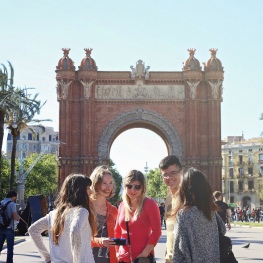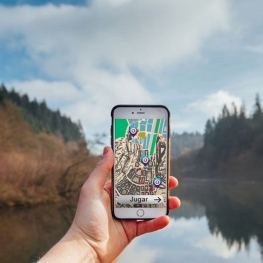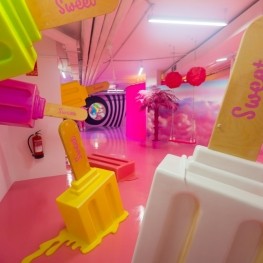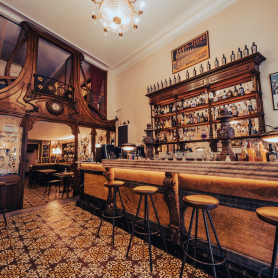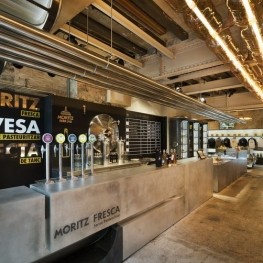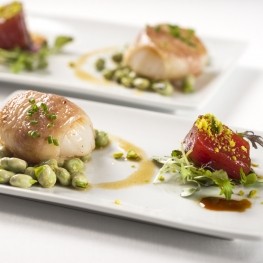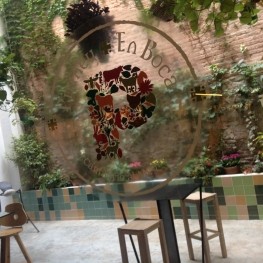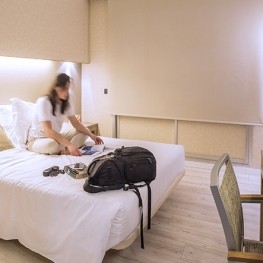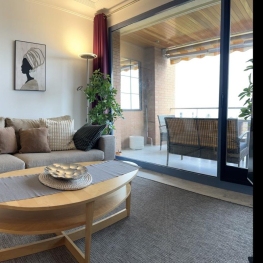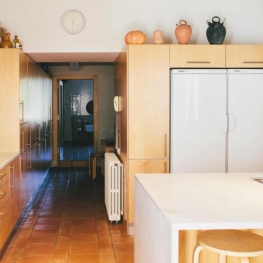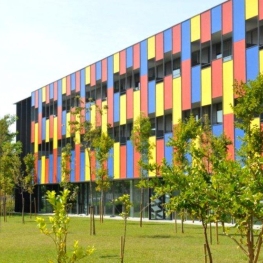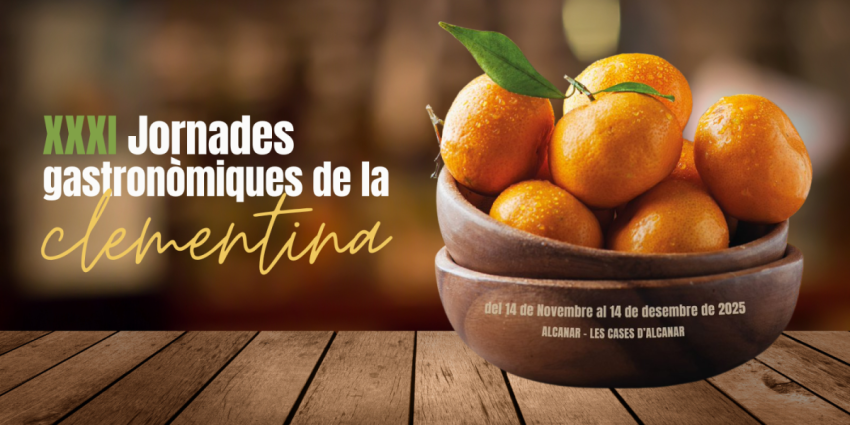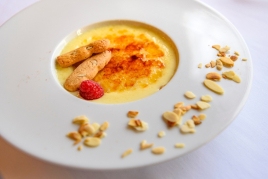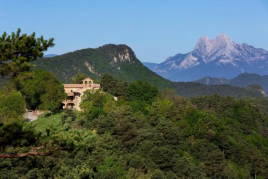Barcelona, from tile to tile
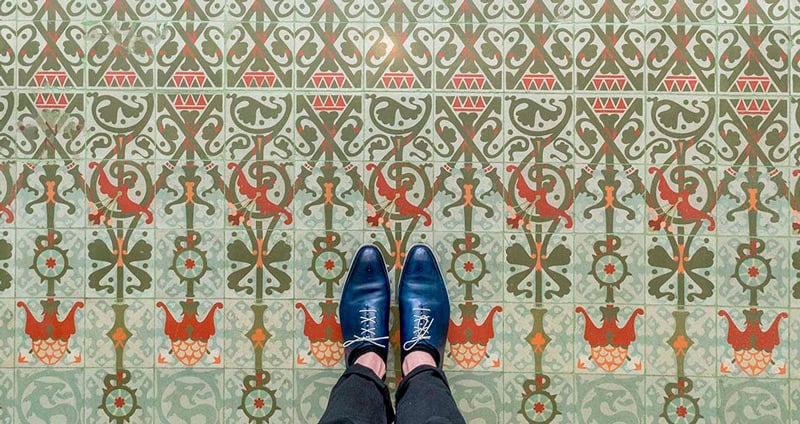
If you walk by Barcelona, do not forget to look down from time to time: perhaps ye be walking a marvel of design.
The City of Marvels is as the writer Eduardo Mendoza called the coldest city in the Mediterranean in one of his novels. The book is set in the late 20th century, a time when the Barcelona flourished and became what it is today. A time when the factory chimneys grew with the towers of the Sagrada Familia.
This time of change and bustle of the city left its signature on thousands of buildings in the form of tiled floors, we can find churches, palaces and avenues with fantastic mosaics. Recently, two instagrammers passionate about mosaics invited a German photographer, Sebastian Erras, to look down, look down and enjoy the mosaics of Barcelona. Their visit came the following images, we encourage you to follow in their footsteps!
Island of Discord
Sebastian began his visit to the Island of Discord (or Apple of Discord), a stretch of the Paseo de Gracia, in the Eixample district of Barcelona, between the streets Aragón and Consell de Cent. The name comes from the rivalry that during the twentieth century was among the top three modernist architects of the city, as each had designed a building in the same block. Here he was speechless with the view of Gaudi 's Casa Batllo. Their balconies seem Venetian masks, its walls a shower of confetti, and the roof of a giant harlequin hat. In fact, balconies and columns of Casa Batllo are believed to be the skulls and bones of human beings devoured by a dragon - the roof - killed by the sword of St. George - the fireplace.
Since the different rooms of the Casa Batllo, Sebastian could see other rivals buildings: the house Lleó Morera, of Domènech i Montaner, and the Ametller House, Puig i Cadafalch.




New houses the modernist style
While walking in Barcelona, Erras, he entered dozens of modernist houses. From the nineteenth century, thanks to the industrial revolution experienced by the city, the population grew rapidly. 1861, it was decided to expand the city, with the construction of a new neighborhood, called Eixample (derived from expansion). This area is formed by square blocks that can detect quickly when we look at a map of Barcelona.
Thank when espledor city living and business, factory owners wanted their floors look like palaces and hired the best local modernist architects. Until now the floors of the houses were simple, as much tile decorated with a white and blue ceramic here and there, the old Catalan style, and covered with carpets; but with the advent of modernism designs carpets are passed directly on the ground, for floors that look real carpets, with repetitive patterns, frames and borders, such as those designed cartoonist Josep Pascó i Mensa at the Thomas House, of Montaner for example. We can also find them in La Pedrera Modernist Sant Pau.




Churches and rebellion
Some of the best mosaics found in the churches Sebastian. Among them, how could it be otherwise, the Sagrada Familia. Here you could discover the famous crisp (trencadís), a type of mosaic that Gaudí mastered to perfection. Trencadis is a modernist style that is the union of small broken pieces of ceramic tile or even dishes for a reason or drawing.
Despite the beauty of the modernist designs, it was not all roses, as the rise of the bourgeoisie led to terrible social conflicts that erupted in the summer of 1909 in the Tragic Week, and some religious buildings were burned and looted, as Parish San Paciano, which was later used as a warehouse until 1924.



The kingdom of hydraulic pavement
Sebastian, eager to photograph the best mosaics, visited a palace after another and identified two types of flooring: pavement hydraulic and mosaic Nolla.
 The Nolla mosaic was created in the mid-nineteenth century by the entrepreneur Miquel Nolla Bruixet following a technique imported from England. This type of mosaic had a worldwide success for its beauty and quality. By the late nineteenth century, however, there was another kind of mosaic, hydraulic pavement, which had its heyday until mid-twentieth century, winning the battle to Nolla tiles as it was easier to install, cheaper maintain and more resistant. This went on to become a benchmark of modernism, combining art and industry.
The Nolla mosaic was created in the mid-nineteenth century by the entrepreneur Miquel Nolla Bruixet following a technique imported from England. This type of mosaic had a worldwide success for its beauty and quality. By the late nineteenth century, however, there was another kind of mosaic, hydraulic pavement, which had its heyday until mid-twentieth century, winning the battle to Nolla tiles as it was easier to install, cheaper maintain and more resistant. This went on to become a benchmark of modernism, combining art and industry.
 The hydraulic tile was manufactured piece by piece, first a paste with water, white cement, marble dust, sand and pigment color chosen was produced and poured into one of the holes of the climb, an iron mold having the form drawing mosaic. It was filled up to 20 or 25 millimeters thick and then passed to a hydraulic press that the compacted, hence its name. It is then extracted, allowed to dry and immersed in water one day. Finally they moistened with water and left in a room with very high humidity for 28 days for the piece harden.
The hydraulic tile was manufactured piece by piece, first a paste with water, white cement, marble dust, sand and pigment color chosen was produced and poured into one of the holes of the climb, an iron mold having the form drawing mosaic. It was filled up to 20 or 25 millimeters thick and then passed to a hydraulic press that the compacted, hence its name. It is then extracted, allowed to dry and immersed in water one day. Finally they moistened with water and left in a room with very high humidity for 28 days for the piece harden.
One of the most prestigious factories was in Barcelona, the Escofet factory, as they used high - quality products, and made very attractive designs, where they worked architects like Lluís Domènech i Montaner, Josep Puig i Cadafalch, Enric Sagnier or artists as Josep Pascó or Alexandre de Riquer.
This manufacturing system has changed little since its inception.
Are good shows also the Palau de la Música, the Casades Palace, the Hall Cent City Council Barcelona, ?? the Lyceum Circle or the Hall Sant Jordi in the Palau de la Generalitat de Catalunya.




Modernist style stores
The advent of hydraulic tile floors transformed Barcelona in a luxury carpet. Photographer, eager to capture images of great beauty, visited some old shops, where he found floors with stunning decorations: geometric patterns, plant motifs or stylized organic forms. Animals and humans are not used to represent, to avoid the unpleasant feeling of walking on them.
Typical colors were brown, green, pink, yellow, cream, gray, white and black. But also can detect some examples of red, blue, orange and even violet. The most common form is the square of 20x20 cm classic, but there were all kinds of shapes: hexagons, triangles, diamonds and combinations. What especially fascinated Sebastian are soils where the drawing arises from the combination of tiles: for example, four square tiles combined to make a larger pattern.
The artist visited, among others, Villena stationery, the Calico House, the Velasco, Zelinda Milano or Argelaguet Ferrer Pharmaceuticals.



gourmets tiles: Restaurants
As great food enthusiast, Sebastian visited some restaurants, aware that the food is much more than what you eat, it is also seen around the plate. Or in this case, under the table.
The two instagramers who invited Sebastian in the city, also in love with the tiles have started a side project, tiles & Foodie where fresh foods and cold pavements are combined. Perhaps it is this combination that attracted the young Pablo Picasso to the beautiful Granja Viader. Here you can enjoy one of the best cups of hot chocolate in town, along with the view of some beautiful pavements.
Other restaurants with gourmet tiles are the Chair, Café Tenorio, Bocadillos Diaz, Maritime Toto Restaurant restaurant or restaurant.



Hotels with modern and modernist mosaics
The boom had mosaics during the nineteenth and twentieth centuries came to an end, and the use of brittle, for example, became last time of modernism sporadic. The latest catalog of Mosaic Nolla date of 1920. And the hydraulic tile did not survive the construction boom of 1960, when it was replaced by cheaper options, such as stoneware.
However, the mosaics are having a second youth in some areas, such as hotels visited Sebastian, where a large catalog of styles to walk found. Sometimes the owners of hotels restore the original mosaics or even charge hydraulic new tiles with modern designs. There is also a recycler of all antique tiles recovering from collapsed buildings or renovated floors. In the Generator Hostel, for example, Sebastian was in the middle of a beautiful mosaic of different tiles, colors, contrasts and different patterns, which led him to reflect on the story that had lived each tile in its place of origin, and now they were all together on one site.




The Gaudi Panots
Walk along the Paseo de Gracia is like putting your feet in an aquarium of strange creatures: snails, starfish, jellyfish and perhaps even demons. These are the forms that can be seen on the hexagonal tiles that cover the ride. These tiles, called Panots, a simpler version of the hydraulic variant, were designed by Gaudí himself, and became one of the first products of industrial design to revolutionize the traditional model. That is why it is currently exhibited at the MOMA Museum in New York.
A curiosity is that Panots were not initially designed to be installed on the outside, but in the Casa Batllo, but because of delivery delays, the architect decided to substitute other materials, and later I used in the Casa Mila (La Pedrera ) and later, in 1971, Gaudí's design was chosen to cover the sidewalks of Paseo de Gracia.
You will be able to contemplate fantastic Panots in the Jardines del Mirador del Mayor of Montjuïc, in Via Laietana or Avenida Diagonal.





source www.pixartprinting.co.uk
What to do
Museu Olimpic i de l'Esport Joan Antoni Samaranch
Barcelona (a 2.6 Km)Experience sports like never before at the Barcelona Olympic Museum, with exhibits,…
Gimcanes GeoCats
BarcelonaDiscover Barcelona with GeoCats in the most convenient and fun way possible!…
Gymkana Digital Turística
BarcelonaTourist and cultural routes in a gymkhana format. Completely free and without…
Museo de las Ilusiones Big Fun Museum
BarcelonaThe Big Creative Company Museum of Illusions in Barcelona has become a…
Where to eat
Bar Muy Buenas
BarcelonaFew words better define Muy Buenas than "coherence." Purely modernist decor, restored…
Fàbrica Moritz Barcelona
Barcelona (a 1.3 Km)The Moritz Factory Barcelona is a unique space, divided into three floors,…
Restaurant Windsor
Barcelona (a 2.2 Km)The Windsor restaurant, located in Barcelona, is a benchmark of contemporary Catalan…
Where to sleep
Aparthotel Silver
Barcelona (a 3.1 Km)Aparthotel Silver is one of the recommended establishments in Barcelona. It offers…
Let's Holidays Barcelona
Barcelona (a 1.8 Km)We offer more than just a stay... Let's Holidays offers you a…
Ca l'Andreu Ecoturisme
Tiana (a 14.3 Km)Spending a few days in an authentic 15th-century farmhouse is priceless. Renovated…
Alberg Centre Esplai, Fundesplai
El Prat de Llobregat (a 11 Km)Discover the Centro Esplai hostel, in the municipality of El Prat de…



